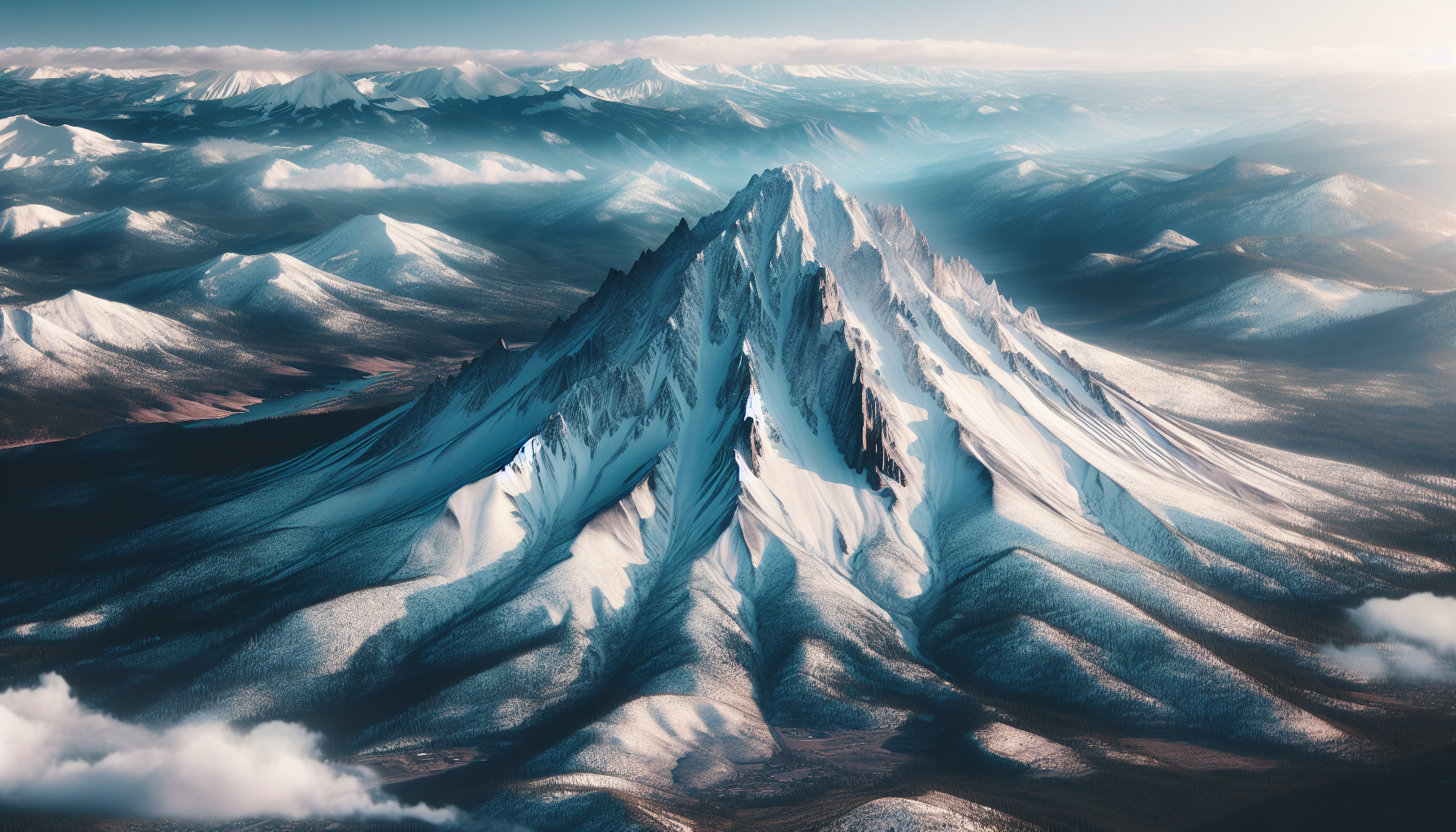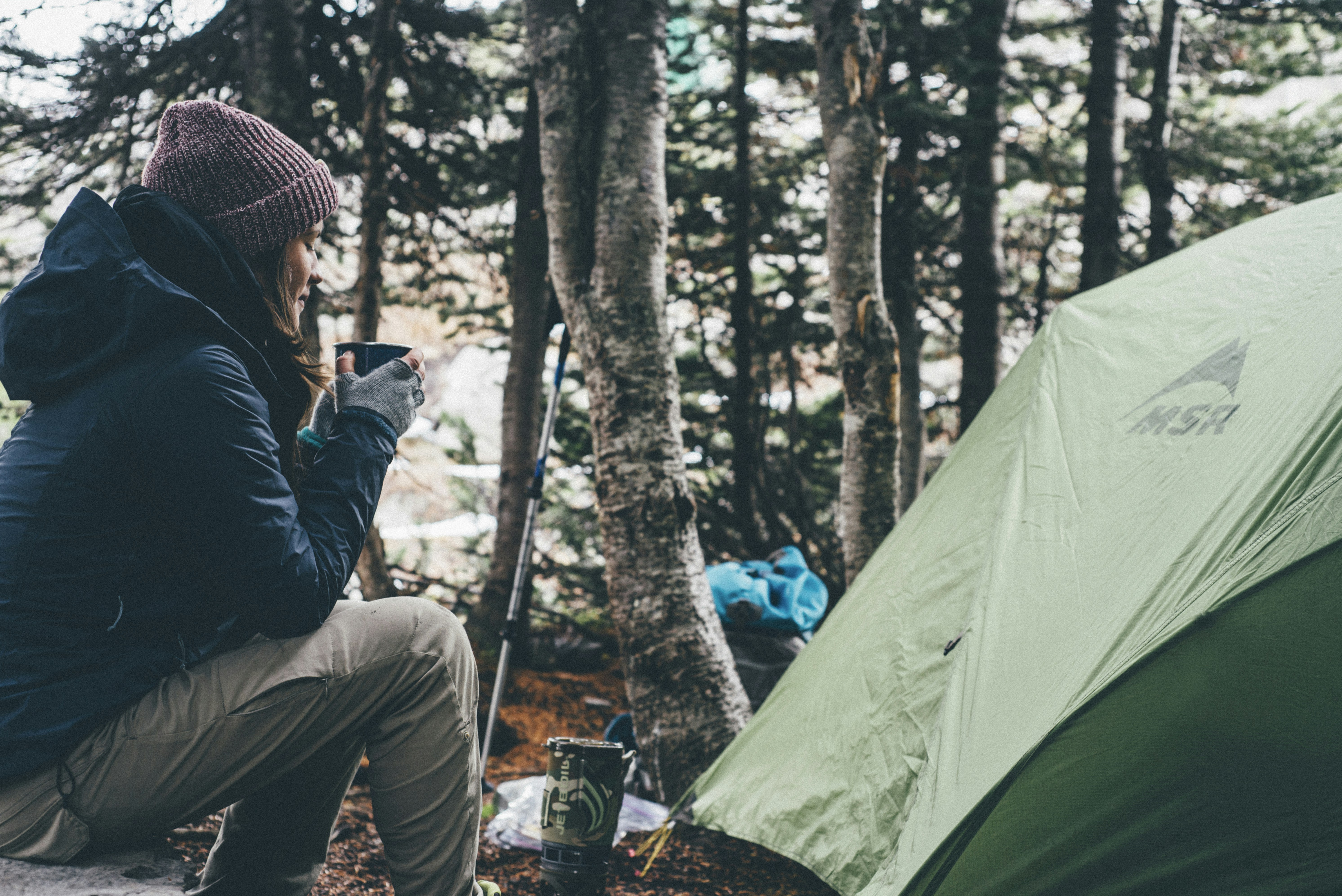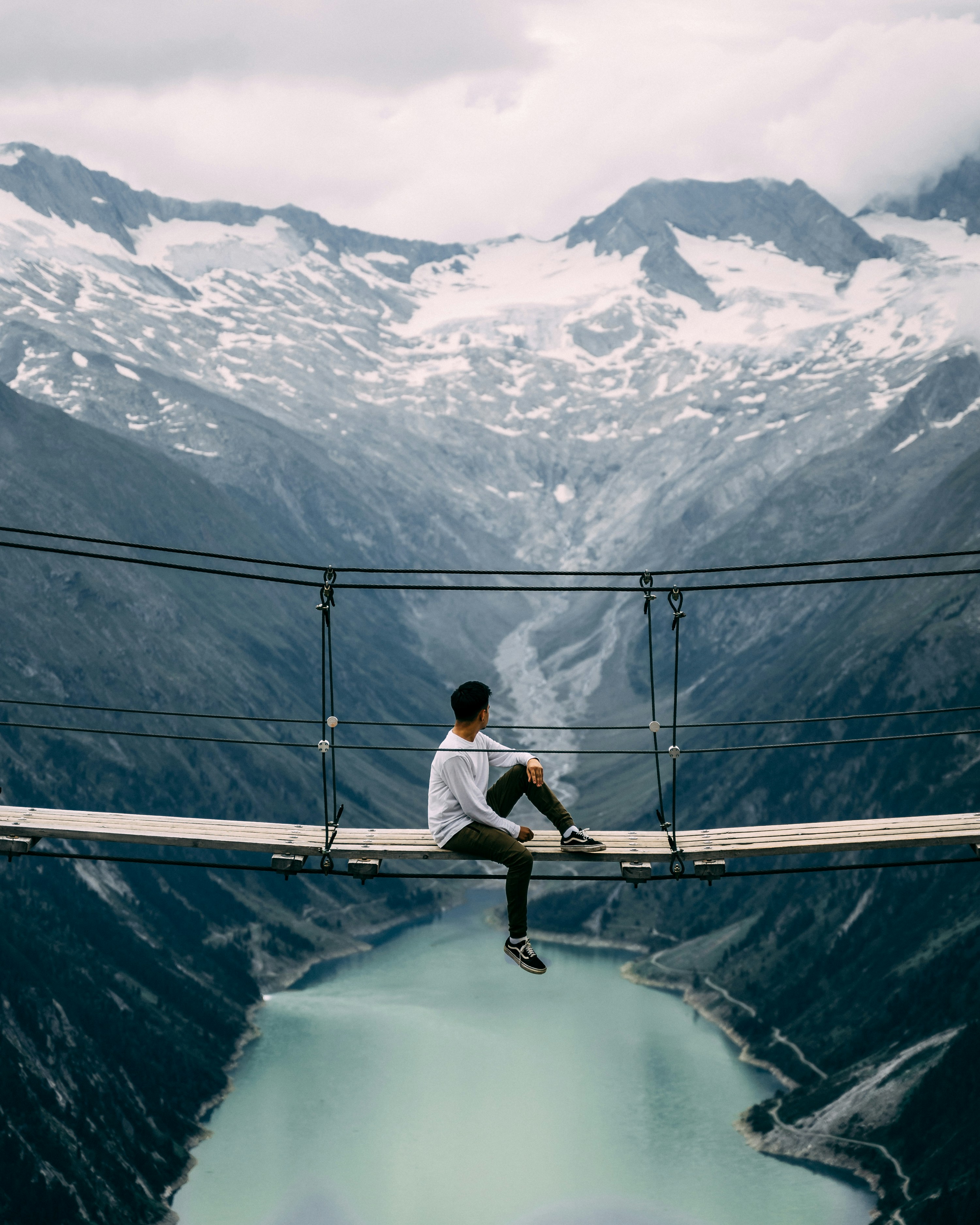So you're ready for an adventure, and Mount Shasta is calling your name. But before you lace up your hiking boots and grab your gear, you might be wondering, are you allowed to climb Mount Shasta? Well, the answer is a resounding yes! Towering over Northern California, this majestic peak welcomes hikers and outdoor enthusiasts with open arms. With its breathtaking views and challenging terrain, Mount Shasta offers an unforgettable experience for those seeking a thrilling mountain expedition. Lace up those boots, because the summit awaits!

Permits
Types of permits
Before you embark on your Mount Shasta adventure, it's important to understand that a permit is required for all climbers. The two main types of permits available are the summit permits and the wilderness permits.
Summit permits grant you access to climb to the peak of Mount Shasta, while wilderness permits are required if you plan to camp overnight in the designated wilderness areas. Both permits are essential for responsible and sustainable mountaineering.
Applying for a permit
Applying for a permit is a straightforward process. You can obtain your permit either online or in person at one of the designated ranger stations. It is recommended to apply in advance to secure your desired climbing dates, as permits are limited.
When applying, you will need to provide basic personal information, such as your name, contact details, and group size. Additionally, you will need to specify your desired climbing route and dates. Make sure to carefully review and adhere to the specific requirements and regulations for each route.
Permit fees
While climbing permits are required, they do come with a fee. The fees go towards the maintenance and preservation of Mount Shasta Wilderness and support the efforts of local rangers. It is essential to pay the fee to ensure the protection and sustainability of this beautiful natural landmark.
The cost of permits may vary depending on the route and the number of days you plan to spend on the mountain. It is crucial to check the specific fees associated with your chosen route and plan your budget accordingly.
Mountaineering Routes
Avalanche Gulch Route
One of the most popular routes up Mount Shasta is the Avalanche Gulch Route. This route offers a more direct ascent, making it a fantastic choice for experienced climbers. It is important to note that this route does require technical mountaineering skills, including the use of crampons and ice axes.
The Avalanche Gulch Route provides stunning views of the surrounding landscape and allows climbers to immerse themselves in the awe-inspiring beauty of Mount Shasta. However, due to its popularity, it is recommended to climb during weekdays or off-peak seasons to avoid congestion and ensure a more enjoyable experience.
Clear Creek Route
For those seeking a less crowded option, the Clear Creek Route is an excellent choice. This route offers a more secluded and serene climbing experience, perfect for those looking to connect with nature in a quieter setting.
The Clear Creek Route is known for its picturesque alpine meadows and pristine wilderness. While this route may be less technically challenging than the Avalanche Gulch Route, it still requires proper mountaineering skills and should not be undertaken lightly.
Casaval Ridge Route
If you consider yourself an experienced climber looking for a challenge, the Casaval Ridge Route may be the perfect choice for you. This route offers stunning views and exhilarating exposure, making it a favorite among experienced mountaineers.
It is crucial to note that the Casaval Ridge Route demands advanced technical skills, including rock and ice climbing techniques. Due to its difficulty level, this route is only recommended for experienced climbers who are well-prepared and equipped for the challenges it presents.
Climbing Season
Peak climbing months
The climbing season on Mount Shasta typically runs from late spring to early fall, with the peak months being June, July, and August. During this period, the weather conditions are generally more stable, making it safer and more enjoyable for climbers.
Climbing outside of the peak season can be more challenging due to unpredictable weather patterns and harsher conditions. However, for experienced climbers seeking a more adventurous and solitary experience, venturing out during the shoulder seasons can provide unique rewards.
Weather considerations
Mount Shasta's weather can be highly variable and unpredictable, even during the peak climbing months. It is crucial to be prepared and familiarize yourself with the weather patterns for your chosen climbing dates.
Sudden weather changes, including storms and high winds, can significantly impact climbing conditions. Monitoring weather forecasts and consulting with local rangers or experienced climbers can help you make informed decisions and adjust your plans accordingly. Additionally, packing appropriate clothing and gear to withstand various weather conditions is essential for ensuring your safety and comfort during the climb.
Safety Precautions
Physical fitness requirements
Climbing Mount Shasta requires a good level of physical fitness. The ascent involves long, strenuous hikes, often at high altitudes, demanding endurance and strength. Prior to attempting the climb, it is crucial to engage in physical training to prepare your body for the physical exertion involved.
Regular cardiovascular exercises, such as hiking, jogging, or cycling, can help improve your stamina and cardiovascular health. Additionally, incorporating strength and flexibility training, such as weightlifting or yoga, can help build the necessary muscle strength and joint stability required for navigating the mountain's challenging terrain.
Climbing gear
Proper climbing gear is essential for a safe and successful ascent of Mount Shasta. Some essential gear includes sturdy and waterproof hiking boots, crampons, ice axes, helmets, and harnesses. It is crucial to invest in high-quality gear that fits well and meets industry safety standards.
Consulting with experienced climbers or professionals at a reputable outdoor gear store can help you determine the specific gear requirements for your chosen route and the prevailing weather conditions. Properly maintaining and testing your gear before embarking on your climb is vital to ensure its reliability and functionality.
Acclimatization
Acclimatization is a critical aspect of mountaineering on Mount Shasta. As you climb higher, the air becomes thinner, and your body needs time to adjust to the altitude. Failing to acclimatize properly can lead to altitude sickness, which can range from mild discomfort to severe and life-threatening conditions.
To acclimatize effectively, it is recommended to spend a few days at higher elevations before attempting the summit. This can involve camping at base camps or taking short hikes to gradually expose your body to the changing altitude. It is essential to listen to your body, hydrate properly, and be aware of any symptoms of altitude sickness, such as dizziness, nausea, or headaches.
Environmental Considerations
Leave No Trace principles
When climbing Mount Shasta, it is vital to adhere to the principles of Leave No Trace. These principles aim to minimize our impact on the natural environment and preserve the mountain's pristine beauty for future generations.
Some key Leave No Trace practices to follow include packing out all trash, disposing of human waste properly, staying on designated trails, minimizing campfire impacts, and respecting wildlife by observing from a distance. By practicing these principles, you contribute to the conservation of Mount Shasta and ensure its ecological health.
Protected areas
Mount Shasta is home to various protected areas, including wilderness and ecological reserves. These areas serve as habitats for numerous plant and animal species, some of which are threatened or endangered.
When climbing, it is crucial to familiarize yourself with the boundaries of these protected areas and strictly adhere to the regulations in place. Avoid venturing into restricted zones and respect any closures or limitations imposed to protect fragile ecosystems.
Plant and wildlife conservation
While climbing Mount Shasta, you will encounter a diverse range of plant and wildlife species. It is important to respect and appreciate these natural wonders without causing harm or disturbance.
Avoid picking or trampling vegetation, as some plant species in the area are rare and delicate. Additionally, keeping a safe distance from wildlife and refraining from feeding or approaching them ensures their natural behaviors and protects their well-being. Remember, you are a guest in their habitat, and responsible behavior is key to preserving the mountain's delicate ecosystem.
Guide Services
Benefits of hiring a guide
Hiring a guide service can provide numerous benefits for both novice and experienced climbers alike. Guides offer invaluable knowledge and expertise about Mount Shasta's routes, weather conditions, safety protocols, and equipment requirements.
Guides can enhance your climbing experience by providing a structured itinerary, ensuring your safety, and offering personalized instruction on mountaineering techniques. They can also help you navigate the mountain's challenges, increasing your chances of summit success.
Choosing a reputable guide service
When selecting a guide service, it is essential to choose a reputable and experienced provider. Research various guide services, read reviews, and inquire about their certifications and safety records. Look for guides who have extensive knowledge of Mount Shasta and prioritize safety as their utmost concern.
Additionally, communicating your goals, expectations, and any specific requirements with the guide service can help ensure a tailored and enjoyable climbing experience. Remember, the guide you choose will play a significant role in your safety and overall satisfaction during the climb, so choose wisely.
Search and Rescue
Emergency preparedness
Despite thorough preparation and precautionary measures, emergencies can still occur while climbing Mount Shasta. It is essential to be prepared and equipped to handle unexpected situations.
Carry a well-stocked first aid kit, including essential items such as bandages, medications, and emergency supplies. Familiarize yourself with basic first aid techniques and rescue procedures. Additionally, having an emergency communication device, such as a satellite phone or personal locator beacon, can significantly improve your ability to contact rescue services in case of an emergency.
Contacting rescue services
In the event of an emergency, contacting rescue services promptly is crucial. The primary contact for any emergencies on Mount Shasta is the local county sheriff's office. It is important to save their contact information and have it readily accessible.
When calling for assistance, clearly communicate your location, the nature of the emergency, and the number of individuals involved. Remain calm and follow any instructions or guidance provided by the rescue teams. Remember, timely reporting and effective communication can save lives and ensure a prompt response from the search and rescue teams.
Closures and Restrictions
Temporary closures
Temporary closures on Mount Shasta may be implemented due to various factors, including extreme weather conditions, hazardous terrain, or wildlife protection. It is essential to stay informed about any closures that may affect your planned climbing route or area.
Checking the local ranger station, online resources, or contacting the ranger service directly can provide up-to-date information on current closures. Respecting these closures is vital to your safety and the preservation of the mountain's fragile ecosystem.
Restrictions on certain routes
Certain routes on Mount Shasta may have specific restrictions in place to manage visitor impact and ensure safety. These restrictions can include limits on the number of climbers allowed per day or requirements for technical mountaineering experience.
Before embarking on your climb, thoroughly research and understand any restrictions associated with your chosen route. Adhering to these limitations ensures a safer and more enjoyable experience for all climbers and helps preserve the integrity of the mountain.

Cultural and Indigenous Perspectives
Respecting tribal lands
Mount Shasta holds immense cultural and spiritual significance for Native American tribes, including the Shasta, Wintu, and Modoc tribes. By climbing the mountain, it is essential to respect their cultural heritage and traditional connection to the land.
Before and during your climb, familiarize yourself with the history and cultural significance of Mount Shasta to these tribes. Avoid trespassing or disturbing sacred sites and artifacts. Respect any requests or protocols communicated by the local tribes, as they seek to preserve their cultural identity and maintain the integrity of Mount Shasta.
Cultural protocols
Climbing Mount Shasta provides an opportunity to engage with cultural protocols and practices that promote respect and understanding. Learning about the customs, traditions, and oral history of the local tribes can enrich your experience and deepen your appreciation for the mountain's significance.
Consider participating in educational programs or seeking guidance from cultural interpreters who can provide insights into the indigenous perspective on Mount Shasta. By embracing cultural protocols, you contribute to the preservation and celebration of diverse cultural heritage.
Conclusion
Climbing Mount Shasta is an incredible adventure that requires careful planning, preparation, and a deep respect for the mountain's natural and cultural significance. By obtaining the necessary permits, understanding the mountain's routes and climbing seasons, and practicing safety precautions, you can embark on a memorable and rewarding journey.
Remember to leave no trace, respect protected areas and wildlife, and consider hiring a reputable guide service for an enhanced climbing experience. Stay informed about closures and restrictions, be prepared for emergencies, and always respect the cultural protocols and indigenous perspectives associated with Mount Shasta.
By approaching your Mount Shasta climb with a friendly attitude and responsible mindset, you can connect with the mountain in a meaningful way while ensuring its preservation for generations to come.




